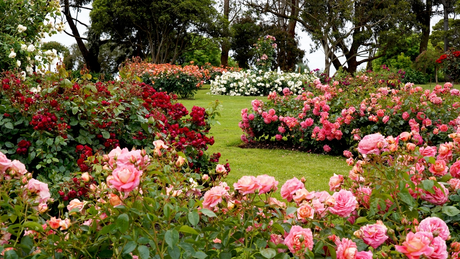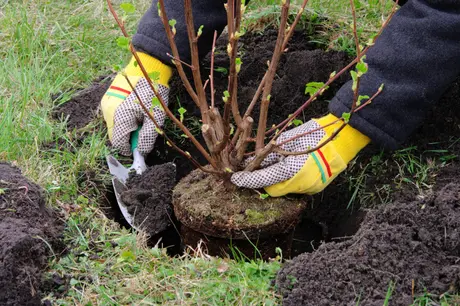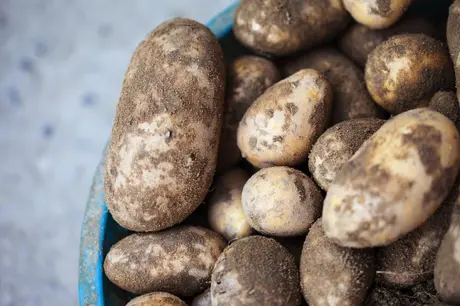
In the middle of winter, the Christmas cactus (Schlumbergera x buckleyi) bursts into flower, a splash of vibrant colour to reassure us that spring will come again. This exotic but easy-to-grow houseplant is the perfect way to add a touch of the tropics to your home.
Where to grow your Christmas cactus
The Christmas cactus and its close cousin the Thanksgiving or crab cactus (Schlumbergera truncata) are epiphytic cacti, also known as air plants. Their natural environment is jungly subtropical forests, where they use aerial roots to attach themselves to rocks or trees, absorbing nutrients from leaf litter and other forest debris that collects in forks and hollows. As houseplants, a pot filled with cactus compost, or loam with added leafmould and grit, is a good substitute for that forest environment, and they do best in bright but indirect sunlight.
How to get your Christmas cactus to flower
If you’ve bought or been given a Christmas cactus in December, chances are it was already in full flower and looked fantastic. But getting it to flower again the following year can sometimes be a challenge. The secret is to let the plant rest. In fact, Schlumbergera needs two rest periods over the course of a year, one before and one after flowering.
In late January, once your plant has finished flowering, encourage it to rest by moving it somewhere cool, ideally with a temperature between 12-15°C (53-59°F). Water less frequently from late January to March, just enough to stop the compost completely drying out.
April to September is the main growing season for Christmas cacti, so move the plant back into a warmer position with a temperature around 18-20°C (65-68°F), increase watering and feed monthly with a liquid houseplant feed.
As the days shorten and temperatures drop in September, the plant should start to produce flower buds. At this point, it needs its second rest period, so reduce watering and move it back to a cooler position again until the buds have formed.
Taking Christmas cactus cuttings
- Taking Christmas cactus cuttings is easy to do. The best time to take cuttings is in late spring when the plant is growing. Here’s how it’s done: remove a section of stem containing 2-3 leaf segments.
- Let it dry out indoors for a couple of days so the basal wound (the point where the cutting was removed from the stem) starts to heal.
- Fill a small pot with a 50/50 mix of seed compost and sharp sand, and push the base of the cutting about 1cm (1/2in) deep into the soil.
- Place the pot somewhere warm but out of direct sunlight and water sparingly, just enough to stop the compost drying out completely.
The cutting should take between 1-3 months to root, and can then be potted on.
A Christmas cactus makes a spectacular houseplant, and it’s just one of many beautiful plants available in our centres. Visit us today to choose your perfect plant.














